What is the Goldilocks Zone?
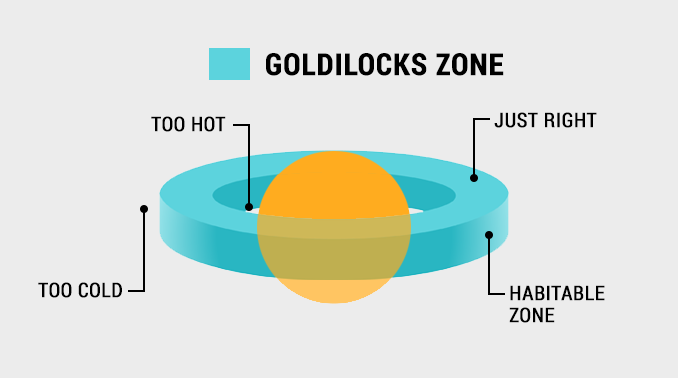
What is the Goldilocks zone?
Lucky for us, Earth is in the Goldilocks zone. In other words, it’s within the range where liquid water can persist (0.99 to 1.7 AU).
Have you ever heard of the Goldilocks Zone? It’s a theory that suggests there is a perfect climate for a planet – not too hot, not too cold.
Because Earth receives a hearty portion of the sun’s rays (just 1 astronomical unit away), it can sustain liquid water and life.
Even here in our Milky Way galaxy, at least 10 possible habitable planets are within the Goldilocks zone. This means that only light-years away, there is a glimmer of hope that other lifeforms exist.
Are Venus and Mars in the Goldilocks zone?
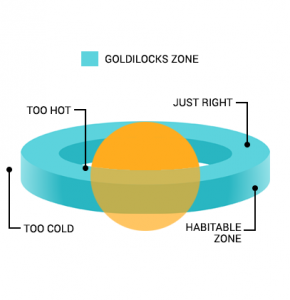
Temperature is key to sustaining liquid water. Where we find liquid water, we are likely to find life. But it’s not the only factor to harbor life on a planet. For example, Venus and Mars are in the habitable zone of our sun. But it doesn’t mean they’ll have liquid water.
- MARS: As rovers wheel around the red planet, the verdict is still out for liquid water on Mars. There’s frozen water in its ice caps and trapped in permafrost. But the search for water is still on.
- VENUS: There is very little possibility that Venus could sustain life. Venus is even hotter than Mercury because of its runaway greenhouse effect. Despite being nicknamed Earth’s twin, Venus may have held oceans of water on its surface. But now, any liquid water would evaporate and be lost into outer space due to its tremendous heating.
Are there other habitable exoplanets in the universe?
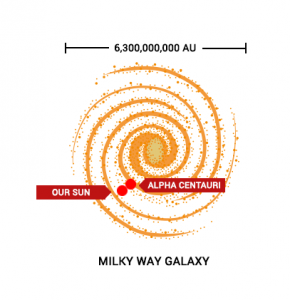
The distance for planetary habitability depends on the type of start. For example, bigger red dwarf stars’ habitable zone spans further outward because they’re that much brighter.
Because these stars have a longer life expectancy, exoplanets have more potential to evolve. But it depends on its atmosphere, magnetic field and greenhouse effect to have the right ingredients.
Based on the Kepler mission, there could be as many as 40 billion exoplanets in habitable zones. But the blueprint for life on other planets is only from what we know about our own.
Even here in our Milky Way galaxy, at least 10 possible habitable planets such as within Proxima Centauri (Alpha Centauri). This small red dwarf star is part of the triple star system in Alpha Centauri (Rigil Kentaurus).
What is the Goldilocks Zone?
The Goldilocks Zone is an astronomical term for a hypothetical “just right” region of space where the temperature on Earth is not too hot and not too cold, where water can flow easily and life can exist.
In this zone, the sun’s radiation is neither so strong that it would be lethal to life nor so weak that liquid water cannot exist on the surface. The Goldilocks Zone has been proposed as a near-habitable region around other stars with the same properties as our home star, the Sun.
Or if you just prefer, just drop us a comment below and we’ll do our best to answer.

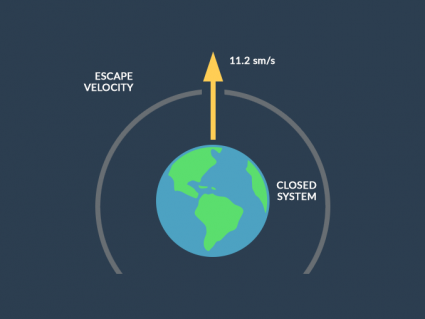
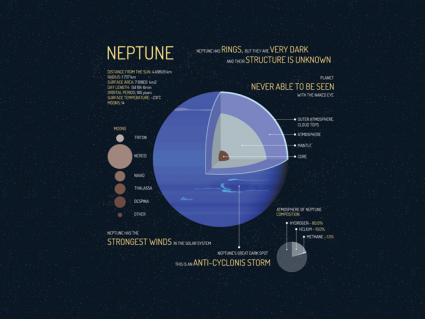
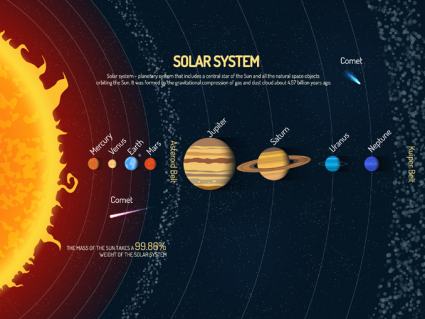
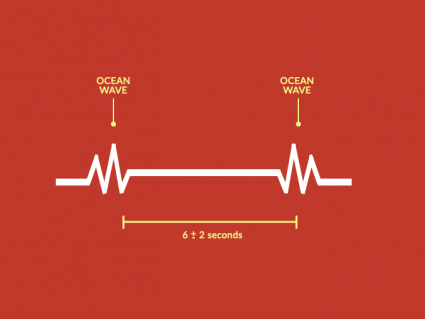

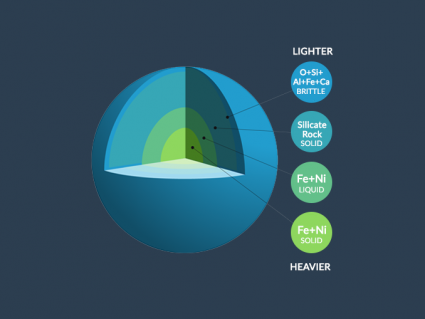
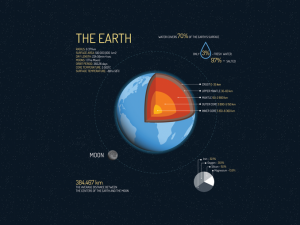

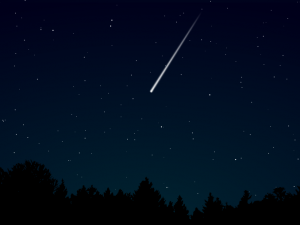
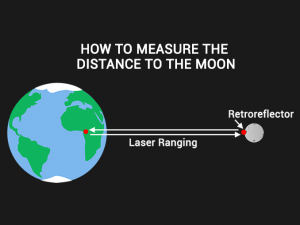
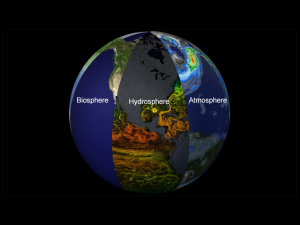

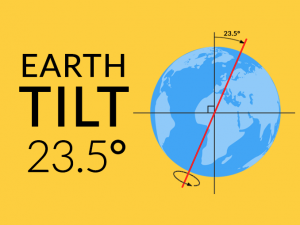

So interesting and easy to understand as well. My question is what is the actual distance both closer to our sun or farther away where life couldn’t exist or water wouldn’t be liquid? Thank you!